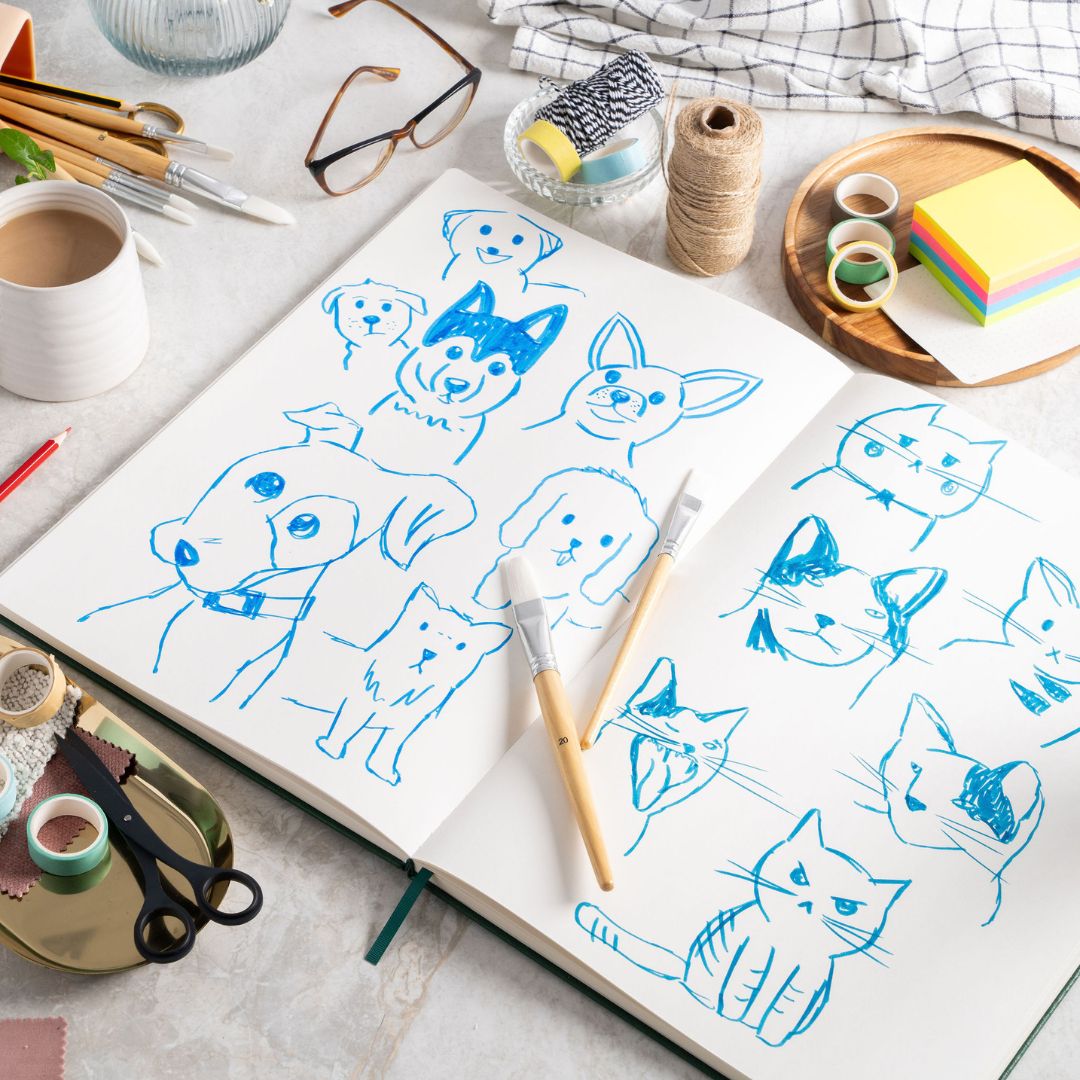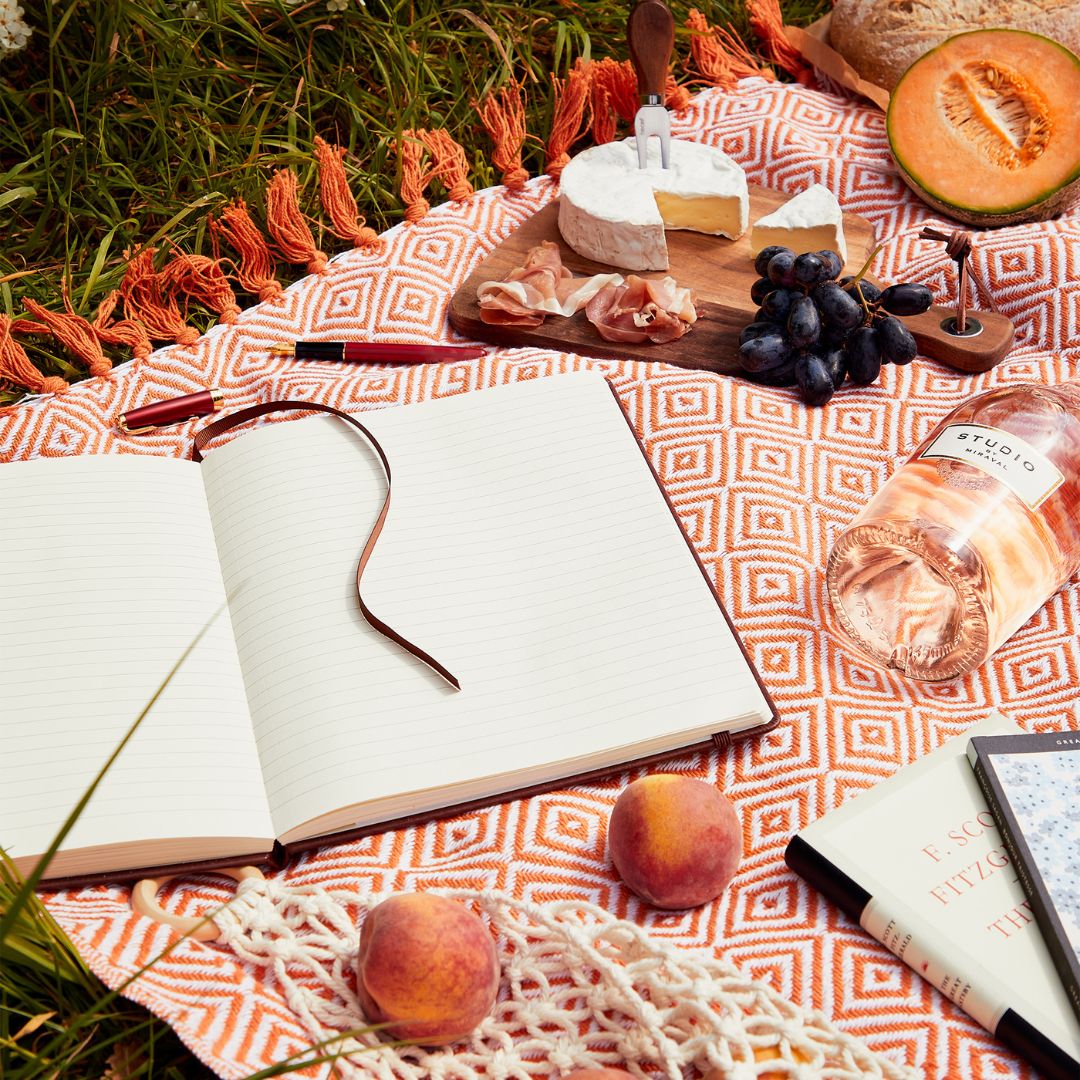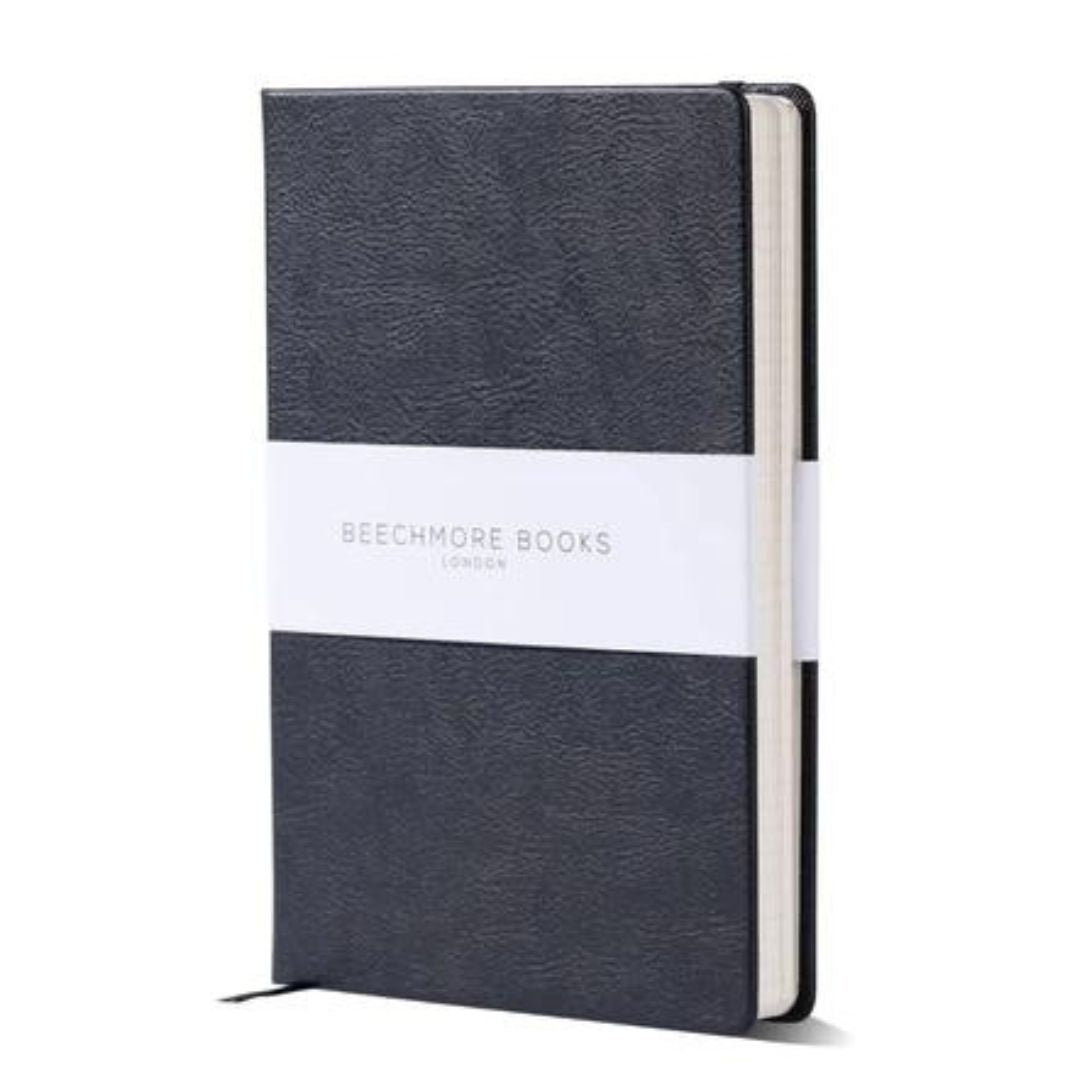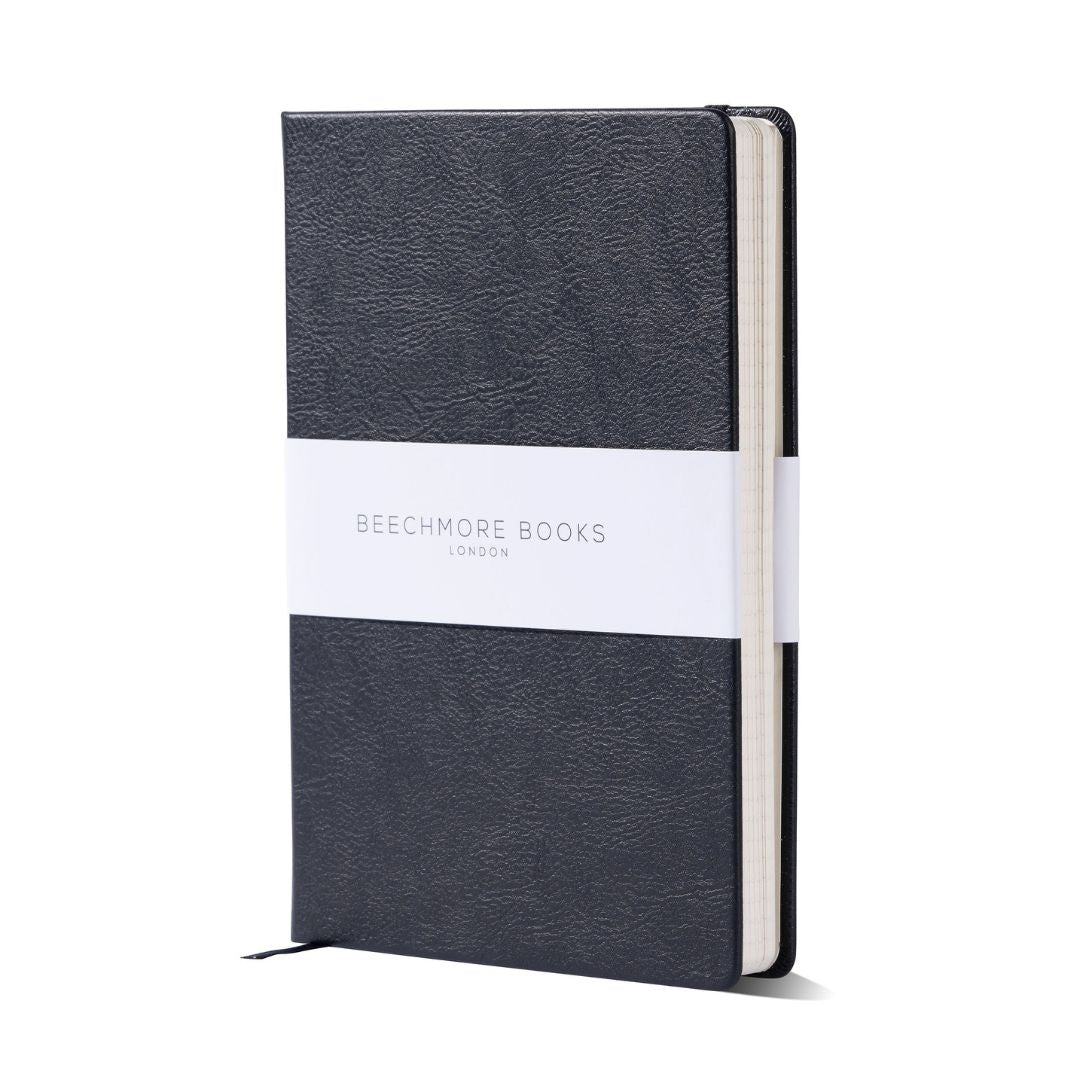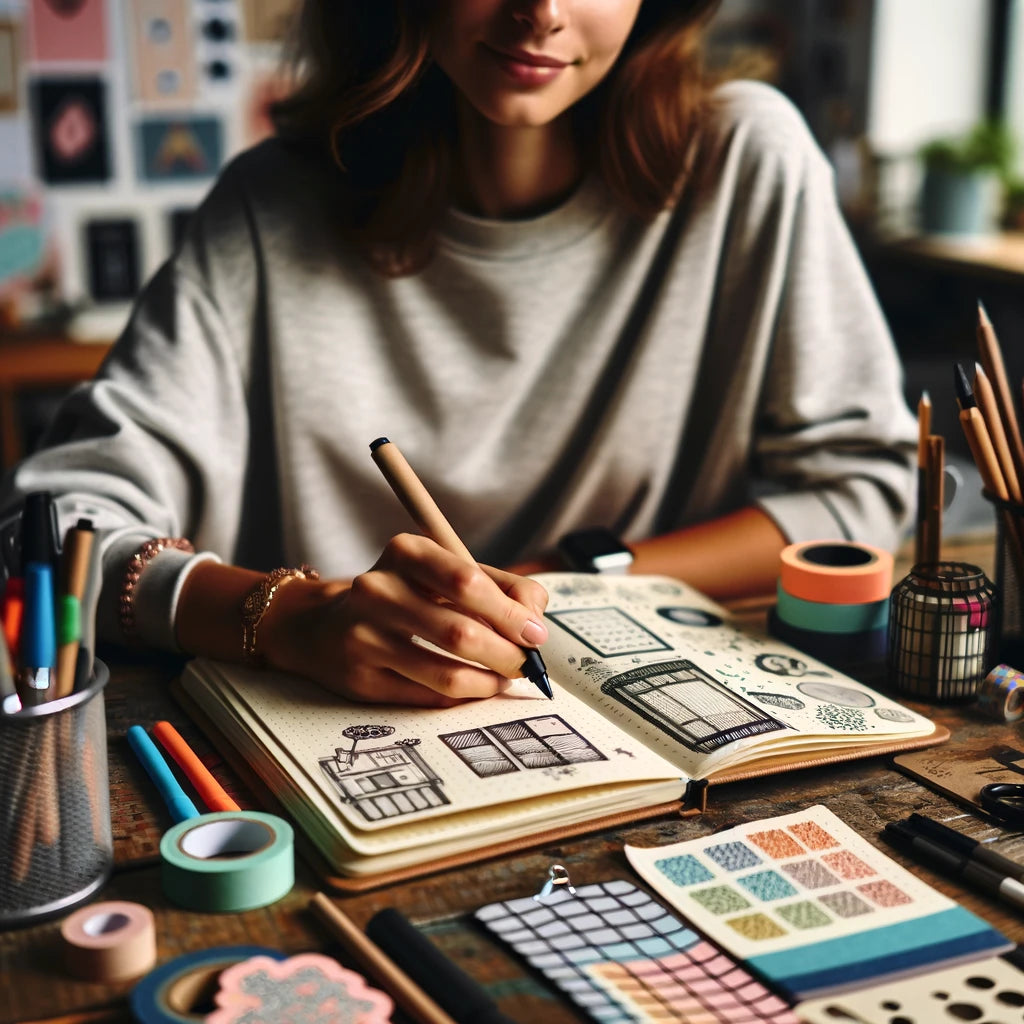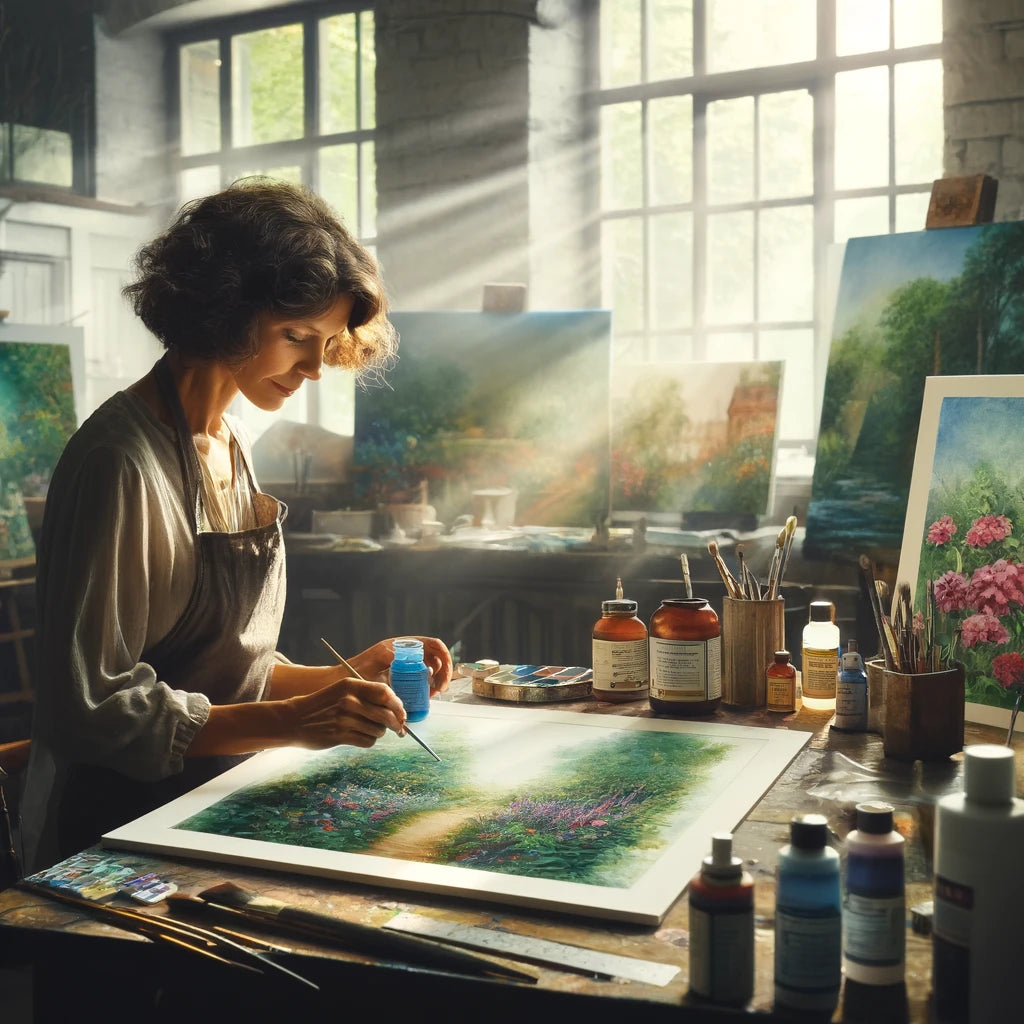Charcoal - it's messy, it's smudgy, and it's been around since caveman days. But is it really all it's cracked up to be as a drawing medium? I've been using charcoal for years, and I gotta tell you, it's got some serious limitations.
Sure, it's great for quick sketches and adding dramatic shadows, but try to get any real detail or precision? Forget about it. And don't even get me started on the smudging. One accidental swipe of your hand and your masterpiece is ruined.
So why is charcoal such a limited drawing medium? Let's dive in and explore the pros and cons of this ancient art supply.
Table of Contents:
- What is Charcoal as a Drawing Medium?
- Limitations of Charcoal as a Drawing Medium
- Comparing Charcoal to Other Drawing Mediums
- Charcoal Drawing Techniques and Tools
- Conclusion
What is Charcoal as a Drawing Medium?
Charcoal is one of the oldest and most versatile drawing mediums out there. It's been used since prehistoric times, as evidenced by the stunning cave drawings that have survived to this day.
Types of Charcoal Used in Drawing
When it comes to charcoal, you've got options. There's vine charcoal, which is made by burning willow twigs or grape vines. It's soft, smudgy, and perfect for those loose, expressive sketches. Then there's compressed charcoal, which is a mix of charcoal powder and a gum binder. It comes in stick or pencil form and gives you more control and precision. You can create both fine lines and deep, rich blacks with this stuff. And let's not forget about charcoal powder. It's great for creating smooth, subtle shading and adding depth to your drawings.
History of Charcoal Art
Charcoal has been a go-to medium for artists for centuries. During the Renaissance, it was often used for preliminary sketches and studies. Artists would use charcoal to work out compositions, shadows, and proportions before committing to paint. But charcoal really had its moment in the spotlight during the mid-19th century in France. Artists like Auguste Allongé started using charcoal for finished landscape drawings, taking advantage of its ability to create a wide range of tones and textures.
Limitations of Charcoal as a Drawing Medium
As much as I love charcoal, I'll be the first to admit that it has its limitations. It's a messy medium that smudges easily, so you've got to be careful not to accidentally wipe away your hard work. One of the biggest challenges with charcoal is that it's not easy to erase. Once you put down a mark, it's pretty much there to stay. This can be frustrating if you're a perfectionist like me. Another issue is that charcoal drawings are delicate. They need to be handled with care and properly fixed with a spray to prevent smudging. And let's talk about the mess. Charcoal dust gets everywhere - on your hands, your clothes, your furniture. It's just part of the deal when you work with this medium.
Techniques to Overcome Charcoal Limitations
Despite the challenges, there are ways to work around charcoal's limitations. Using a blending stump or tortillon can help you create smooth transitions without smudging your drawing. A kneaded eraser is also a must-have tool. It allows you to gently lift charcoal from the paper to create highlights and correct mistakes.
Comparing Charcoal to Other Drawing Mediums
So how does charcoal stack up against other drawing mediums like graphite, pastels, or ink? Let's break it down. One of the biggest advantages of charcoal is its versatility. You can create a wide range of marks and tones, from delicate lines to deep, velvety blacks. It's also relatively inexpensive compared to other art supplies. However, charcoal does have its drawbacks. As I mentioned earlier, it's messy and difficult to erase. It also has a shorter shelf life than other mediums like graphite or colored pencils.
When to Choose Charcoal Over Other Mediums
So when should you reach for the charcoal instead of the graphite or pastels? It really depends on the effect you're going for. If you want a soft, atmospheric look with a lot of depth and texture, charcoal is a great choice. It's perfect for portraits, still lifes, and landscapes. But if you need precise, detailed lines or bright, vibrant colors, you might be better off with graphite, ink, or colored pencils.
Charcoal Drawing Techniques and Tools
Alright, let's talk technique. Here are some tips and tools to help you make the most of your charcoal drawings. First off, invest in some good quality sketchbooks. You want something with a bit of tooth or texture to it, like a rough or cold-pressed paper. This will help the charcoal adhere to the surface. A blending stump is great for softening edges and creating smooth transitions. You can also use your finger or a piece of cloth to blend, but be careful not to smudge your drawing too much. For erasing, a kneaded eraser is your best friend. It allows you to gently lift charcoal from the paper without damaging the surface. Vinyl erasers are also useful for creating sharp highlights. Don't be afraid to experiment with different techniques and tools. Try using charcoal in a mixed media piece with watercolors or pastels. Use your fingers or unusual objects to create unique textures. The beauty of charcoal is that it allows for a lot of freedom and experimentation. Embrace the messiness and imperfections - that's what gives charcoal drawings their unique character and charm.
Charcoal shines with its versatility and rich history, offering artists a range of tones from soft sketches to deep blacks. Despite challenges like messiness and difficulty erasing, techniques and tools like blending stumps and kneaded erasers help manage its limitations. Ideal for atmospheric effects, charcoal is perfect for those embracing the medium's inherent freedom and texture.
Conclusion
So there you have it - the good, the bad, and the smudgy truth about charcoal as a drawing medium. It's great for quick sketches and adding depth, but its limitations can be frustrating for artists seeking precision and detail.
Charcoal may be a classic, but it's not the be-all and end-all of drawing. Sometimes, you just need the control and versatility of other mediums like pencils or pens.
But hey, that's the beauty of art - there's no one "right" way to create. So whether you love the messy charm of charcoal or prefer the crisp lines of graphite, keep exploring, keep experimenting, and keep making art that speaks to you. Because in the end, that's what it's all about.

